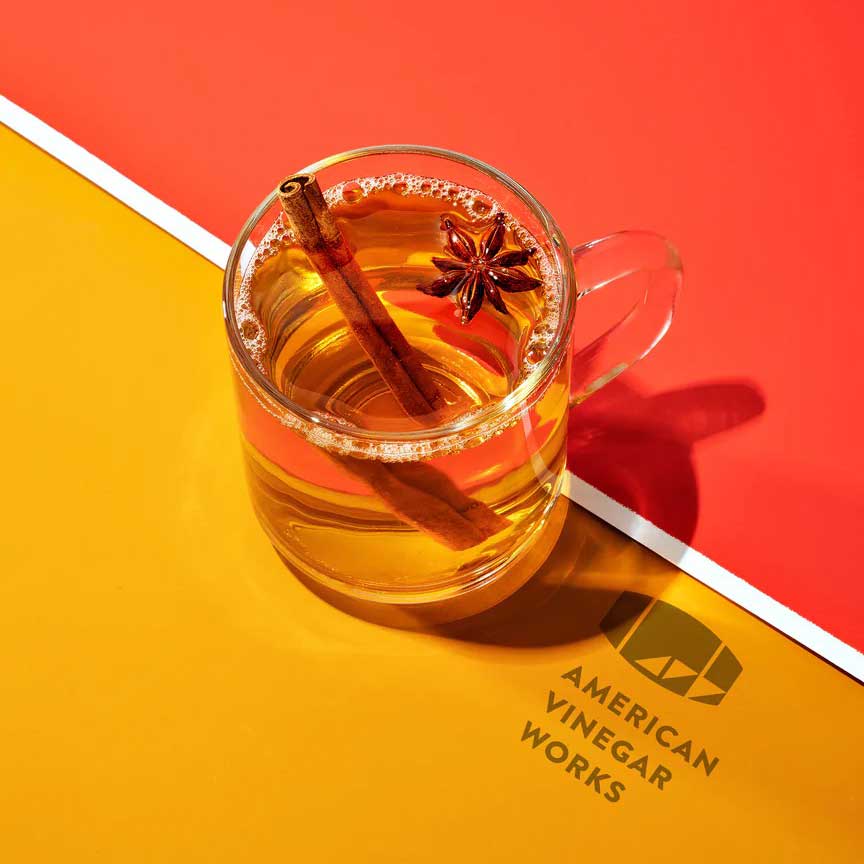
American Vinegar Works Poulet au Vinaigre (Vinegar Chicken)
This is a traditional bistro dish originating in Lyon, France. It literally has ‘vinegar’ in the recipe title so we had to try it. This recipe will serve two with some leftovers. Maybe.
Like many older dishes there seem to be numerous versions of the same dish floating around. The differences fall into what part of the chicken you use (all is the most traditional), which allium (shallots or garlic), tomato or not, and cream or not.
We’ve tried a bunch and came up with this hybrid recipe that produces delicious chicken and retains the more traditional cream base but without losing the bright and fresh notes.
Serve it with mashed potatoes or crusty bread but have a green salad or roasted greens nearby as well to keep this rich dish lighter. A light red wine, like a Pinot Noir, is the best pairing.
This recipe features our Ultimate Red Wine Vinegar.

